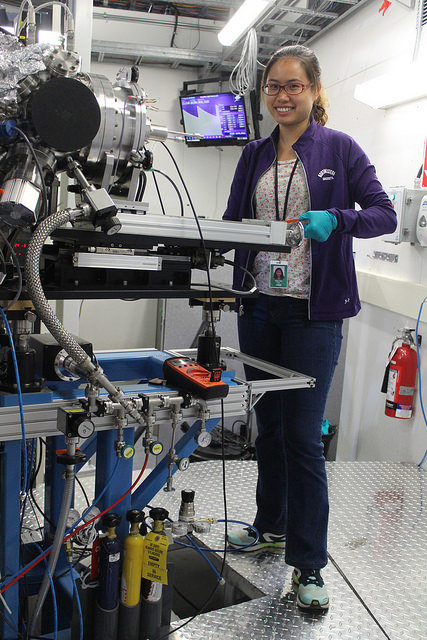Y Fan Wen
Member
- Location
- N W Snowdonia
I think I'm right in saying that every native tree will coppice except Scots Pine.So if you chop them down they just grow again ?
I'm sure someone will be along to correct me.
Read Thomas Hardy's 'The Woodlanders' to see how our tree stock should be managed properly.






